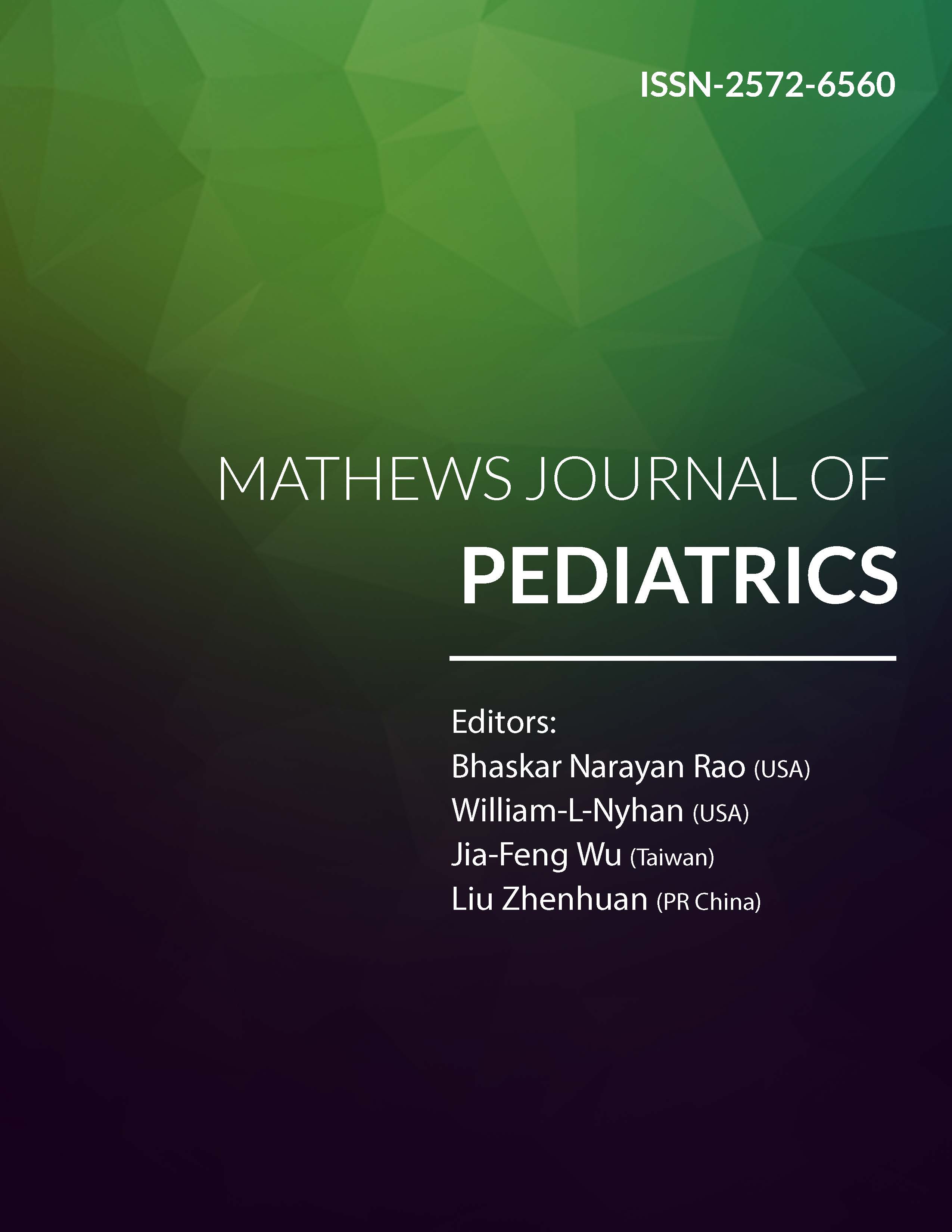
Information Links
Previous Issues Volume 1, Issue 1 - 2016
Context and Intensity of Primary School Physical Education Classes in Brazilian Schoolchildren
Bruno GG da Costa1, Kelly S da Silva1, 2, Adriano AF Hino3, Danielle B Leal1, Lays T Gripa1, Maria Alice A de Assis2, 4
1Research Center in Physical Activity and Health, Federal University of Santa Catarina, Florianopolis, Santa Catarina, Brazil.
2Post Graduate Program in Physical Education, Federal University of Santa Catarina, Florianopolis, Santa Catarina, Brazil.
3Research Group of Physical Activity and Quality of Life, Pontifical University Catholic of Parana, Brazil.
4Post Graduate Program in Nutrition, Federal University of Santa Catarina, Brazil.
Corresponding Author:Bruno Goncalves Galdino da Costa, Department of Physical Education, Federal University of Santa Catarina, ZIP 88040-970, Florianopolis, Santa Catarina, Brazil, Tel: +55 48 99285288; E-Mail: profbrunogcosta@gmail.com
Received Date: 12 Jul 2016
Accepted Date: 29 Aug 2016
Published Date: 31 Aug 2016
Copyright © 2016 Galdino da Costa BG
Citation: da Costa BG, da Silva KS, Hino AAF, Leal DB, et al. (2016). Context and Intensity of Primary School Physical Education Classes in Brazilian Schoolchildren. Mathews J Pediatr. 1(1): 003.
ABSTRACT
Background: Studies reported small proportions of moderate-to-vigorous physical activity (MVPA) in physical education (PE) classes conducted with children, but there is little information regarding PE class characteristics that might affect a lack of intense PA.
Objective: To compare the intensity of PE classes with different contextual characteristics.
Methods: Twelve PE classes of children from 2nd to 5th grades (7 to 11-year-olds) were observed. Contexts were classified as Management, Game Play, Free Play, Fitness, and Skill Practice. Children wore accelerometers and MVPA was estimated. The proportion of time on each context and MVPA of each PE class was analyzed.
Results: Game Play was the most observed context, and Management was observed in all classes, but with smaller proportions. Fitness was not observed, while Free Play and Skill Practice were rarely observed. Children spent 25% or less of PE class time in MVPA, and accumulated more MVPA in classes where Game Play was predominant.
Conclusion: A quarter or less of PE class time had MVPA. Game Play was the most frequent and intense context. Implementing more fitness and skill practice could increase PE classes intensity and expand childrens motor experiences. Reducing time in Management could also benefit childrens participation in MVPA.
KEYWORDS
Children; Public Health; Accelerometer; Child Behavior; Students; Motor Activity.